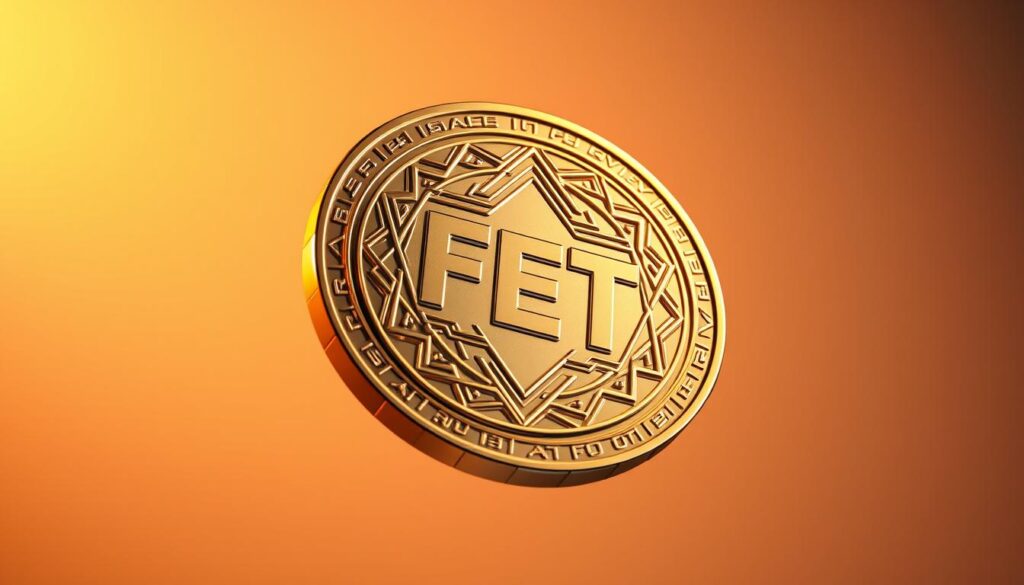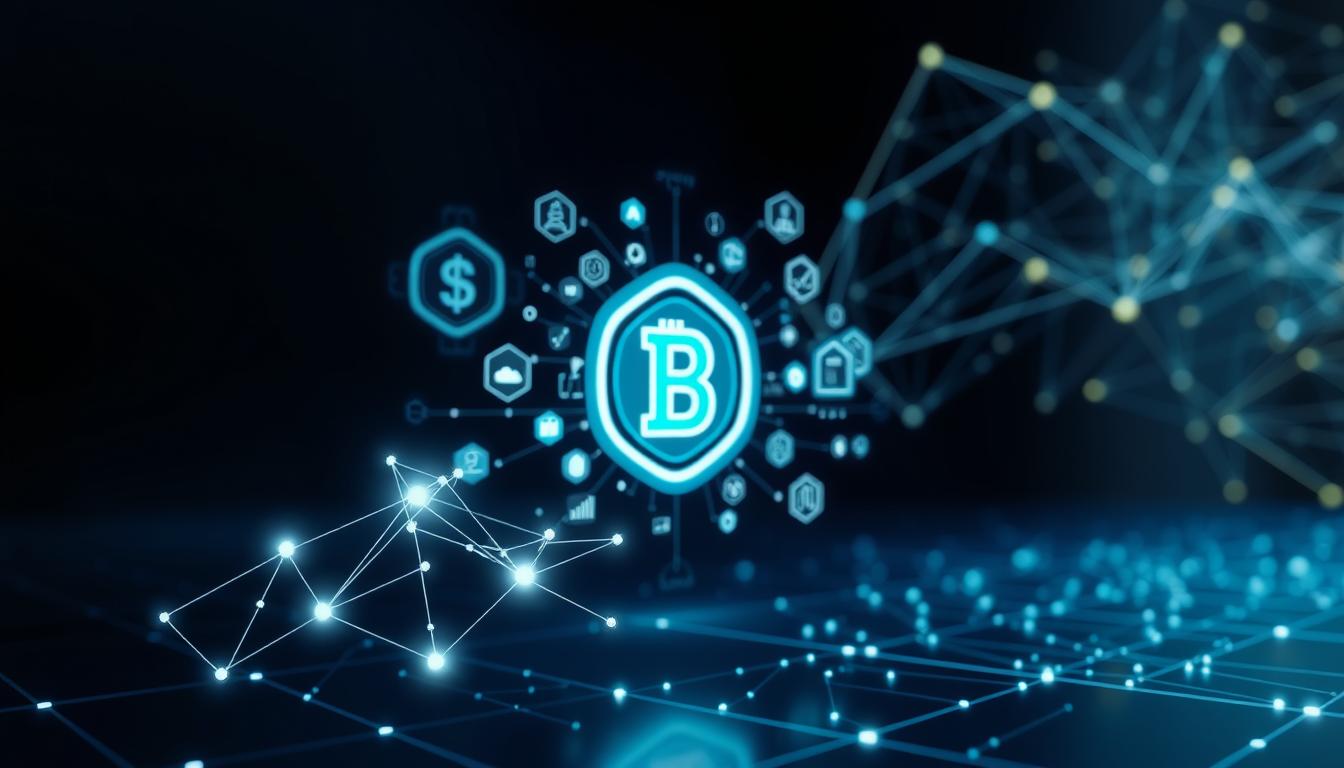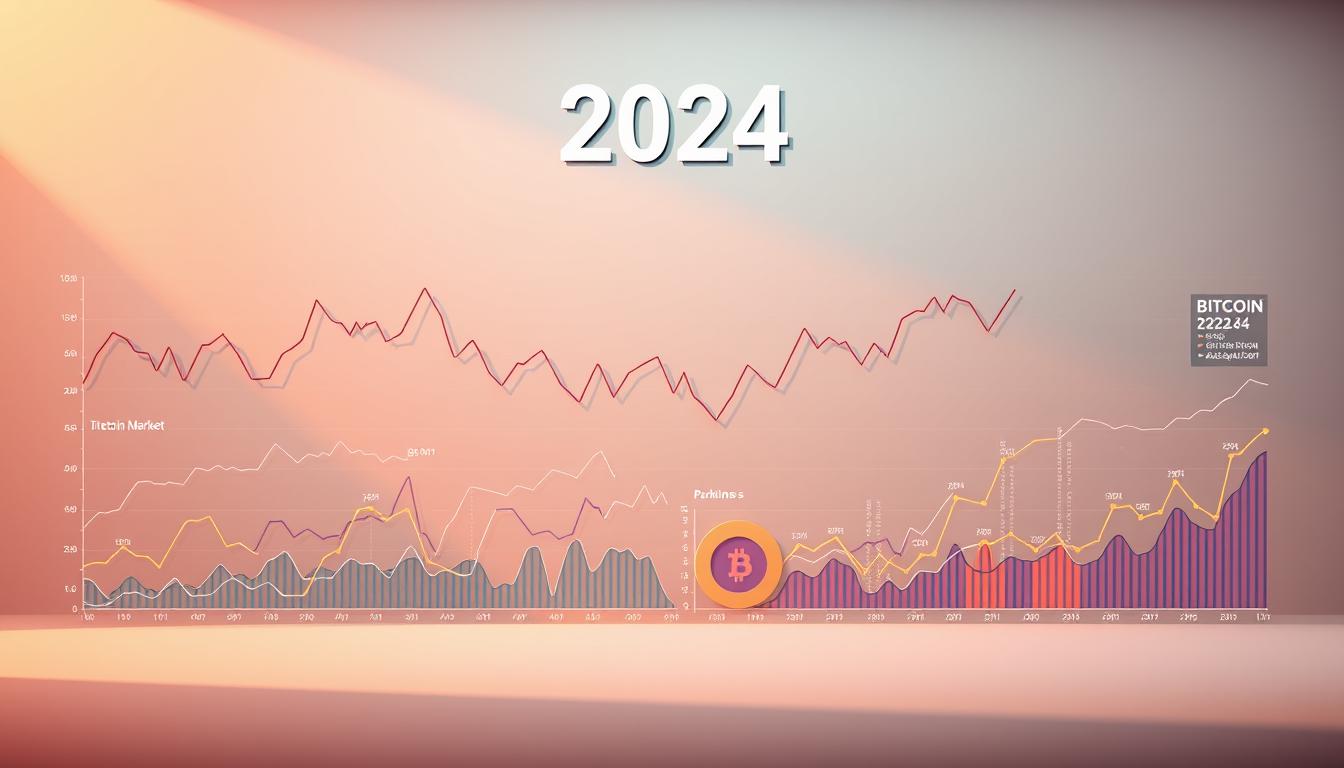Now Reading: Discover Fetch.ai FET token use cases and future roadmap
- 01
Discover Fetch.ai FET token use cases and future roadmap
Discover Fetch.ai FET token use cases and future roadmap

Overview: This guide introduces a decentralized network where agents act for people and businesses to access services, transact, and create value across an interoperable ecosystem.
Background: Founded in 2017, the project built a framework of AEAs, an Open Economic Framework marketplace on a dedicated ledger, and CoLearn for privacy-preserving learning. The FET token launched in 2019 via a Binance IEO.
The guide maps core infrastructure, token design, real-world applications, and the 2024 ASI merger that began unifying AGIX and OCEAN into FET in Phase I on Ethereum. Phase II will move the token into ASI and upgrade the network to scale agent-driven markets.
This section sets expectations for U.S. readers: how to access tokens on major exchanges, wallet compatibility, and where holders can find reliable updates while managing risk.
Key Takeaways
- Agents act autonomously to unlock services and generate value across a linked ecosystem.
- The guide covers infrastructure, token utility, sector examples, and developer resources.
- The 2024 ASI merger marks a major shift in token consolidation and network upgrades.
- U.S. participants can access tokens via major exchanges and common wallets.
- Token economics—fees, incentives, and governance—tie participants to network value.
Why this Ultimate Guide matters for the autonomous agent economy
When the market pivots from speculation to deployment, readers need a single, reliable reference that ties technical building blocks to practical outcomes. This guide collects the key resources teams need to evaluate architecture, timelines, and token mechanics.
Infrastructure and tools reduce friction for developers and users. SDKs, orchestration layers, secure deployment, identity, and discovery make development faster and shorten time to market for agent-driven services.
Intelligence alone does not guarantee production success. Robust orchestration, identity, and discovery layers decide whether promising cases reach real customers. Funding and deployment platforms speed the path from prototype to uptime.
The guide also maps network and ecosystem links that affect tokens, data flow, governance, and fees. Knowing migration timelines helps market participants avoid costly mistakes during major transitions.
- Consolidates project resources for quick decision making.
- Explains how practical tools turn ideas into measurable outcomes.
- Helps developers and users assess value, risk, and timing.
| Focus | Benefit | Who it helps |
|---|---|---|
| Launchpad & funding | Faster deployment and capital | Developers, teams |
| Identity & discovery | Trust and discoverability | Users, integrators |
| Orchestration & SDKs | Reduced integration time | Development teams |
| Network context | Validates token and data flows | Investors, operators |
Fetch.ai at a glance: network, ecosystem, and autonomous agents
This section summarizes the core stack that powers agent-driven services and private model markets.

AEAs, OEF, and CoLearn: the building blocks of agent intelligence
AEAs are Python-built software agents that talk via an Agent Communication Language. They are managed with the AEA Framework and AEA Manager, so developers can speed development and deployment.
The OEF is a decentralized marketplace and search layer on the ledger. It enables agent discovery, secure data exchange, and service matching across the ecosystem.
CoLearn uses CosmWasm smart contracts to run privacy-preserving ML marketplaces. These contracts let contributors monetize models and data without exposing raw inputs.
Interoperability via Cosmos SDK, bridges, and cross-chain access
The network leverages Cosmos SDK and bridges like Axelar to link agents and tokens to Ethereum, BNB Chain, and other chains. This interoperability expands tools, liquidity, and multi-chain services.
| Component | Primary Role | Benefit |
|---|---|---|
| AEAs | Autonomous behavior | Flexible agent orchestration for services |
| OEF | Discovery & marketplace | Efficient data and service matching |
| CoLearn | CosmWasm contracts | Private ML collaboration and incentives |
| Bridges | Cross-chain access | Access to external liquidity and tools |
In practice, blockchain primitives provide verifiable execution and auditability while tokens and contracts align autonomous economic agents across applications.
FET token utility: governance, staking, fees, and incentives
Tokens move through markets, contracts, and agents to finance services and reward contributors in a transparent ledger.
Governance rights let holders vote on proposals that shape protocol direction. Voting aligns stakeholders and funds long‑term priorities.
Staking secures validator operations and grants access to advanced features like collective learning. Staked funds back network continuity during upgrades.

Fees pay for creating agents, accessing data, and executing smart contracts. Service payments are auditable, creating clear trails between providers and consumers.
- Agents consume data, call contracts, and pay service fees.
- Contributors earn tokens for supplying data, liquidity, or apps.
- Developers monetize solutions and reinvest rewards into growth.
| Role | Function | Benefit |
|---|---|---|
| Governance | Proposal voting | Community-driven protocol changes |
| Staking | Security & access | Validator support and feature eligibility |
| Fees & Incentives | Service payments, rewards | Funds core services and rewards contributors |
Migration note: fet and fet tokens will convert 1:1 to ASI in Phase II, preserving alignment as the stack evolves.
Real-world use cases powered by FET and autonomous agents
Concrete pilots demonstrate agents coordinating liquidity, mobility, and power flows in real time on interoperable chains. These deployments show a repeatable pattern: autonomous economic agents sense conditions, bid or offer services, and settle via smart contracts.

DeFi orchestration: liquidity, risk management, and execution
Botswap.fi and Mettalex highlight financial examples where agents scan cross-chain liquidity, route orders, and execute multi-step strategies.
Agents translate on-chain data into actionable trades, hedge positions through smart contracts, and manage slippage and risk without human delays.
Transportation and travel: routing, parking, and dynamic bookings
Pilots such as Datarella’s smart parking in Germany and Mobix for travel bookings show agents personalizing routing and reservations in real time.
They blend user preferences with live traffic and availability, reward contributors for data, and complete bookings with minimal friction.
Energy markets: grid balancing, P2P trading, and efficiency
Collaborations with Bosch and EnergiMine explore device-level agents that join P2P energy trades, support grid balancing, and incentivize conservation.
High-quality telemetry and reliable data access improve pricing, settlement, and the overall value delivered to users and providers.
- Agents monitor changing market conditions and execute decisions at machine speed for better outcomes.
- Tokens align incentives so contributors of liquidity, data, or services capture value on the platform.
- Cross-chain access via Cosmos SDK and bridges lets agents tap broader markets and instruments, improving execution quality.
| Sector | Example partners | Primary benefit |
|---|---|---|
| DeFi | Botswap.fi, Mettalex | Automated liquidity routing and risk hedging |
| Mobility | Datarella, Mobix | Real-time routing, parking rewards, dynamic bookings |
| Energy | Bosch, EnergiMine | P2P trades, grid support, efficiency incentives |
Fetch.ai FET token use cases and future roadmap
Real deployments now prove how autonomous agents deliver repeatable value across finance, mobility, and energy.

Baseline: Live pilots in DeFi, transportation, and power show agents sensing conditions, matching offers, and settling trades. These projects create recurring value through automated coordination and clearer settlement trails.
Near-term plans focus on wallet and explorer improvements, smoother external protocol integrations, and new ecosystem features. An MVP for collaborative learning (Axim) will test privacy-preserving model sharing for contributors.
ASI Phase II will shift the fet balance while opening EVM access and bridges. This upgrade should make developer workflows simpler and broaden integration points for third-party services.
- Intelligence enhancements: access to specialized models and collaborative learning to boost agent autonomy.
- Tokens and incentives: evolving rewards to support complex marketplaces and secure data-sharing.
- Innovation priorities: interoperability, identity, continuous uptime, and discoverability for resilience.
| Area | Near-term impact | User benefit |
|---|---|---|
| Wallet & explorer | Improved UX | Faster on-chain interaction |
| EVM & bridges | Wider tooling | More integrations for developers |
| Collaborative learning | MVP testing | Better model quality for agents |
Developers should expect pragmatic milestones, clear dependencies, and staged releases. Value for end users will appear as better tools, more performant services, and stronger capture of network rewards.
The Artificial Superintelligence Alliance (ASI) token merger explained
The ASI merger reorganized multiple project tokens into a unified asset on Ethereum to simplify liquidity and governance.
Phase I: AGIX and OCEAN to FET on Ethereum—timelines and trading
On July 1, 2024, AGIX and OCEAN balances were consolidated into FET on Ethereum. Trading continued under the FET ticker while deposits and withdrawals for AGIX and OCEAN were halted.
What happened for holders: many exchanges performed auto-conversions for customers. Self-custody users could migrate via the SingularityDAO conversion contract at their own pace.
Phase II: FET to ASI, network upgrades, EVM and bridges opening
Starting mid‑July 2024, the plan moved to full ASI deployment across chains. The original network upgrades to the ASI standard, new migration contracts were published, and EVM access plus bridges opened.
Platforms and exchanges migrated spot markets to the ASI ticker over time. Support timing varied by venue, so checking official exchange notices is prudent.
Conversion ratios, exchange support, and multi-chain deployment
Holders should reconcile balances using published conversion rates and verify transactions on explorers. Below are the definitive ratios used in both phases.
| Source | Conversion | Notes |
|---|---|---|
| AGIX → FET / ASI | 1 AGIX = 0.433350 FET (then ASI) | Fixed ratio for Phase I and preserved into ASI |
| OCEAN → FET / ASI | 1 OCEAN = 0.433226 FET (then ASI) | Fixed ratio for Phase I and preserved into ASI |
| FET → ASI | 1 FET = 1 ASI | One-to-one rebranding during Phase II |
- Infrastructure: migration contracts, cross-chain deployment, and upgraded throughput improved security and integration.
- Verification tip: always check transaction hashes and updated contract addresses after conversion.
- Holder benefit: unified branding and clearer liquidity as tokens converge under the ASI standard.
How holders, developers, and LPs navigate the migration
Holders, developers, and liquidity providers need a clear migration playbook to move assets safely during the ASI consolidation.
Self-custody conversions are straightforward but require care. Connect your wallet to the SingularityDAO conversion platform, approve the migration contract, confirm the swap, and then verify the transaction on a block explorer.
Self-custody steps with the SingularityDAO conversion portal
- Connect your wallet and confirm the official dApp address.
- Approve the conversion contract and sign the transaction.
- Pay normal gas fees; wait for confirmation and copy the tx hash.
- Verify the new balance on Etherscan or a similar explorer.
What exchange users need to know
Most exchange-held balances auto-convert per each venue’s timeline. Confirm exact dates with your chosen exchange and follow their announcements before making moves.
Staking continuity, liquidity pool updates, and verification tips
Staked fet on mainnet migrates automatically in Phase II; rewards continue uninterrupted and no action is normally required by delegators.
LPs should withdraw from deprecated pools when instructed, then re-allocate to updated pools that support the ASI-standard tokens to keep capital efficient.
| Action | Why | Where to confirm |
|---|---|---|
| Approve conversion | Migrate self-custody balances | SingularityDAO portal |
| Trust but verify | Prevent scams and lost funds | Official status pages, explorers |
| Withdraw LP funds | Avoid deprecated pools | Exchange or DEX notices |
Security hygiene: never share seed phrases, rely only on the official portal, and expect standard network fees with no extra hidden conversion charges.
If balances do not display, add custom token entries to your wallet and cross-check on an explorer for accurate data. Agents and automated strategies that interact with migrating tokens may need updated token addresses or allowances after the migration.
Agentverse Launchpad: funding, tokenization, and deployment
The Agentverse Launchpad streamlines how developers turn functional agents into investable projects. It bundles fundraising, market listing, and deployment tools so teams can focus on software and value delivery.
Rapid capital raise and agent token markets
The Rapid Capital Raise acts like a crowdfunding flow that connects developers directly with backers. Projects issue agent tokens priced in a fet token to align early supporters with future usage.
Market listings provide liquidity and price discovery. This incentivizes ongoing development and clearer signals for users and contributors.
uAgents, continuous uptime, and Almanac discoverability
uAgents run deployed services with continuous uptime so offerings stay available without manual restarts. Each agent has its own wallet to send funds, check balances, and call contracts.
The Almanac indexes available agents, surfacing reputation, interfaces, and data endpoints. That discoverability makes it easier for other agents and users to integrate services.
Base L2 integration, bonding, and Uniswap v2 liquidity
Base L2 lowers transaction costs and improves wallet accessibility across the network. A bonding requirement of 30,000 fet seeds initial Uniswap v2 liquidity for new agent markets.
Outcome: faster development cycles, lower deployment overhead, and tighter feedback loops between developers and users.
| Feature | What it does | User benefit |
|---|---|---|
| Rapid Capital Raise | Direct crowdfunding for agents | Faster access to funds for development |
| Agent tokenization | Issue tokens priced in fet token | Aligns supporters with agent value |
| uAgents + Almanac | Continuous uptime and discovery | Reliable services and easy integration |
| Base L2 + bonding | Lower fees; liquidity bootstrap | Smoother transactions and market depth |
Trust and identity for agents: AgentRank and ANAME
Reputation signals and on-chain names turn opaque agent addresses into discoverable, verifiable identities.
AgentRank computes reputation from inter-agent communication graphs. It filters intra-owner chatter and weights centrality from reputable agents to score reliability.
By prioritizing cross-user interactions, AgentRank highlights genuine value. Search results surface higher-quality services faster. That reduces trial-and-error and raises trust across the ecosystem.
Reputation via interaction graphs
AgentRank analyzes message flows, response rates, and provenance of data to produce a composite score. Scores favor diverse, repeated interactions over isolated chatter.
Developers can display reputation badges in their software, making it clearer which autonomous agents are proven. This supports interoperability when composing multi-agent workflows.
Human-readable names with ANAME
ANAME replaces opaque addresses with readable names like myagent.helper or tradingbot.delegate. Names register on-chain using fet, creating verifiable ownership.
Names can host subdomains for branding and discovery. Planned bridges to Web2 naming will ease user familiarity while preserving decentralized control.
- Reputation scores improve discovery and reduce friction for users.
- ANAME delivers human-friendly access and clearer verification.
- Data integrity and provenance feed ranking accuracy and trust.
| Feature | AgentRank | ANAME |
|---|---|---|
| Primary role | Reputation scoring | Readable identity |
| Benefit | Find reliable services | Easier access & verification |
| Developer value | Differentiate offerings | Branding and discoverability |
Security, interoperability, and staying informed in a fast-moving market
Staying vigilant during migrations prevents avoidable loss and confusion. Confirm every contract address before signing and rely only on official portals for conversions. Conversion windows remain open for years and only standard gas fees apply, so there is no rush to act immediately.
Scam warnings: seed phrases, official portals, and block explorer checks
Never share seed phrases. Phishing sites and impersonators spike during migrations. Use the SingularityDAO portal for self-custody conversion and cross-check every transaction on Etherscan.
Wallet compatibility, transaction fees, and network downtime signals
Supported wallets include MetaMask, Trust Wallet, Ledger, and Trezor. If balances don’t display, add custom contract addresses to your wallet and verify the receipt on an explorer.
- Watch for platform notices: exchanges may pause deposits or withdrawals during upgrades.
- Expect routine gas fees for conversion; no hidden charges should apply.
- Audit agents and automated strategies for updated contract addresses and allowances after migration.
| Concern | Action | Where to confirm |
|---|---|---|
| Phishing / impersonation | Use official portals only; never reveal seeds | superintelligence.io, fetch.ai, oceanprotocol.com, singularitynet.io |
| Transaction verification | Check hashes and receipts | Etherscan |
| Platform downtime | Delay moves until exchanges confirm | Exchange status pages & changelogs |
Practical research tips: read changelogs, validate contract addresses before interacting, and wait for official confirmations. These measured decisions protect users and strengthen the ecosystem when suspicious contracts are reported and verified resources are shared.
Looking ahead: the ASI-powered future of decentralized AI
Looking ahead: the ASI merger aims to unify projects into a stronger artificial superintelligence alliance that boosts performance, security, and multi-chain access for agents.
Consolidation matters: ASI brings capabilities and liquidity together so agents interoperate across platforms with less friction. That shortens time from prototype to production and creates clearer paths for integration.
Partners can align research and development to deliver software that compounds network effects. Primitives such as AgentRank, ANAME, and ASI:One help agents plan, act, and collaborate with greater autonomy and safety.
Practical impact: tokens and incentives can evolve to support sustained use in energy, finance, and mobility while infrastructure improvements lower costs, raise uptime, and improve data integrity.
Track updates and explore the Agentverse Launchpad to see how the stack accelerates adoption across domains: Agentverse Launchpad. Stay engaged—autonomous agents are shaping a new way to deliver decentralized intelligence and value at scale.














